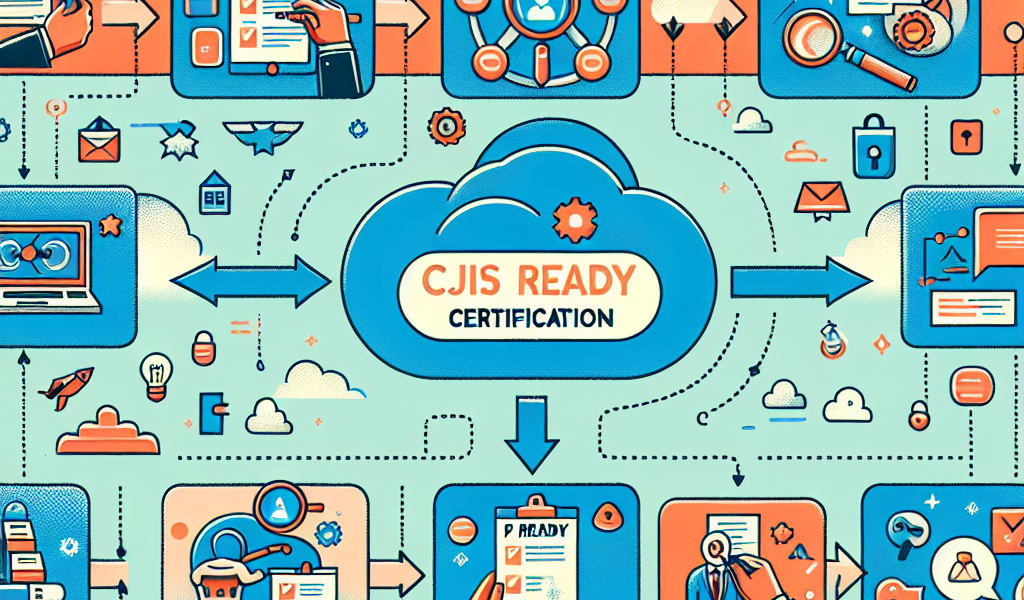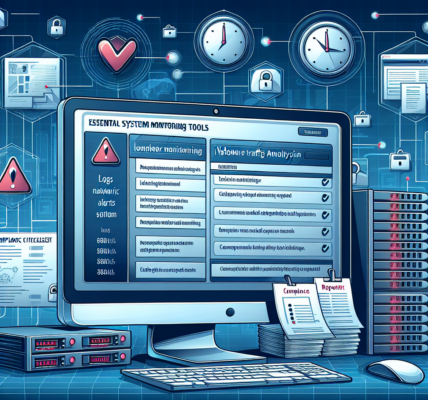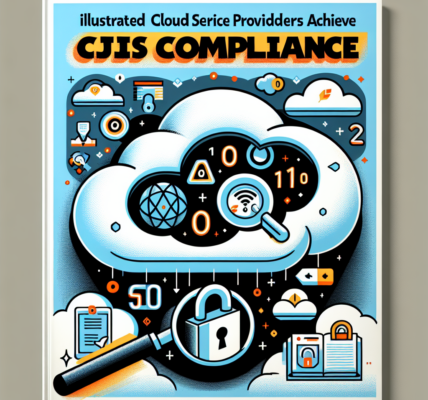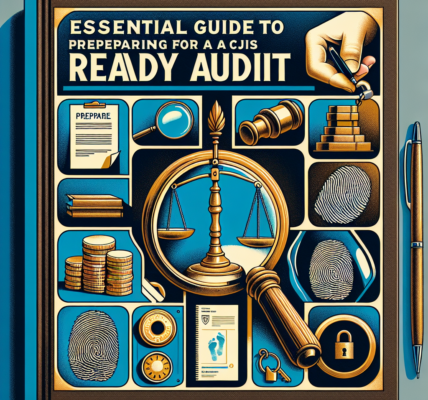Understanding the CJIS Ready certification process can be a daunting task for many organizations handling criminal justice information. With the increasing demand for stringent security measures and compliance, the stakes are higher than ever. Organizations that fail to achieve CJIS Ready status risk not only losing access to crucial data but also facing legal penalties and reputational damage. This article aims to demystify the CJIS Ready certification process, providing you with essential insights and practical strategies to navigate the complexities and ensure your organization is fully compliant. Read on to discover how to streamline your certification journey and safeguard your sensitive information.
Navigating the CJIS Ready Certification Process Step-by-Step
Embarking on the journey to CJIS Ready certification can feel overwhelming, but breaking it down into manageable steps simplifies the process significantly. The first stage involves conducting a thorough assessment of your current policies and procedures against the CJIS Security Policy. This includes identifying areas that require enhancement to meet the minimum standards. Engaging an internal compliance team or hiring a consultant with expertise in CJIS can provide the advanced insights necessary to pinpoint vulnerabilities and gaps in your security framework.
Once you have identified weaknesses, the next step is the implementation of the necessary security controls. This may include updating your data management systems, enhancing encryption protocols, and ensuring robust user authentication measures are in place. Each organization should tailor these measures to fit their unique operational context, which will not only aid in the certification process but also fortify overall data security. Additionally, fostering a culture of compliance among your staff through regular training sessions and workshops will empower your team to uphold these standards consistently.
After implementing the required changes, the final phase involves documentation and preparation for the actual certification review. This includes gathering all relevant evidence to demonstrate compliance, such as training records, policy manuals, and audit reports. Engaging in a mock audit can reveal any lingering issues before the official review, allowing you to address them proactively. By following this structured approach, your organization can navigate the CJIS Ready certification process with confidence and efficiency.
Key Requirements and Best Practices for Compliance
Understanding the fundamental requirements for CJIS Ready certification is crucial for achieving compliance. One of the most significant mandates is the requirement for all employees who have access to criminal justice information to undergo background checks and receive extensive training on data handling and security protocols. Regular training sessions should not only cover the basics but delve into topics like phishing awareness and incident response strategies, empowering staff with the knowledge needed to mitigate security risks.
In addition to employee training, organizations must implement comprehensive policies governing the access and sharing of sensitive information. This includes defining user roles and responsibilities, employing role-based access controls, and establishing strict guidelines for data retention and disposal. By creating a robust framework of policies and procedures, organizations can significantly reduce the risk of unauthorized access or data breaches, thereby solidifying their compliance with CJIS requirements.
Another critical aspect of maintaining compliance is the utilization of technology and tools designed for security and monitoring. Employing advanced technologies such as intrusion detection systems (IDS), secure communication channels, and multi-factor authentication can significantly bolster your organization’s defense against potential threats. Regular audits and assessments of these systems will ensure they remain effective and up-to-date. By adhering to these best practices, organizations can not only achieve CJIS Ready certification but also cultivate a strong culture of security that protects sensitive information at all times.
In conclusion, navigating the CJIS Ready certification process requires a strategic approach that encompasses thorough assessments, employee training, and robust policy implementation. By following the outlined steps and adhering to the key requirements and best practices, your organization can achieve compliance and safeguard sensitive criminal justice information effectively. Now is the time to take action—review your current practices, invest in necessary training, and bolster your security measures. With the right commitment and strategies in place, you can confidently navigate the CJIS Ready certification process, ensuring your organization remains compliant and secure in an ever-evolving landscape.




